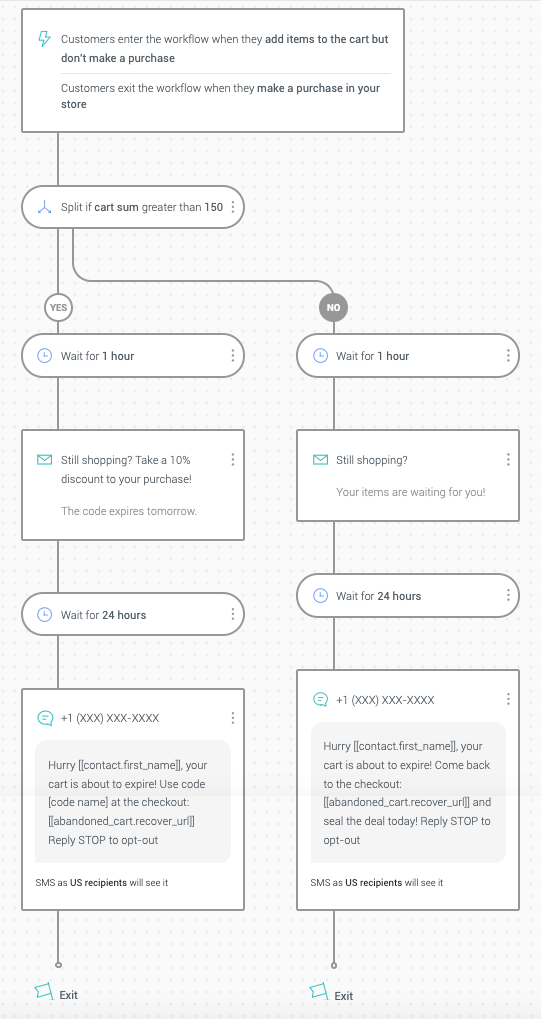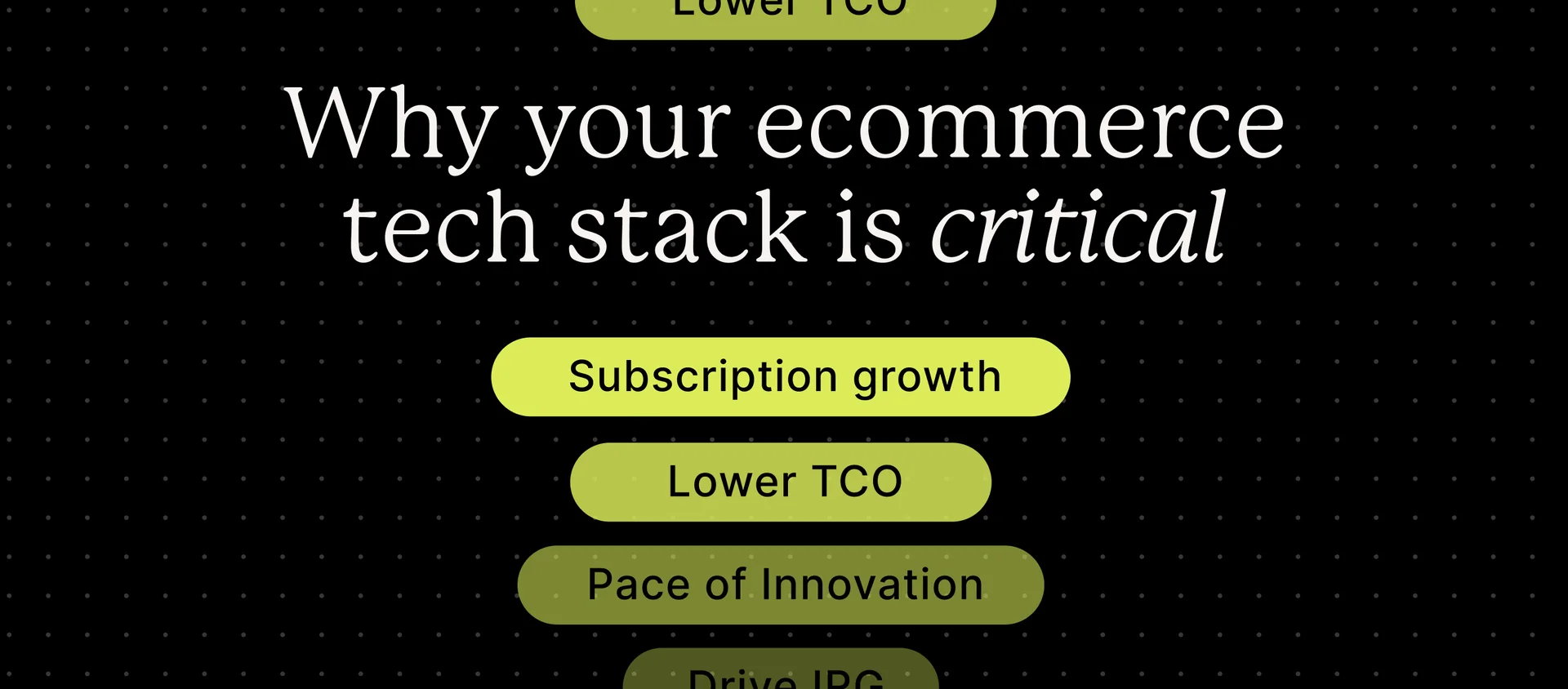There is no question that ecommerce is booming. Amazon and big-box retailers dominate, but there’s plenty of space for others to make their mark.
Small- to mid-size merchants must stand out among the crowded ecommerce landscape—and gain a customer who will become a repeat buyer—to survive. Relevant and consistent communication occupies a prime spot in this customer acquisition and retention cog.
Because there are so many mediums and devices for consuming information, you’ve got to spread around your messaging and meet customers where they’re congregating.
The numbers plead a convincing case. Consumers have a 287% higher purchase rate when retailers used at least three marketing channels, as opposed to a single-channel campaign.

We’re not recommending a multichannel approach where you blast the same message using email, text, and push notifications without regard to the person on the other end.
Instead, we advocate omnichannel marketing whereby channels are interconnected.
When a customer responds to a particular message emitted by one channel, it alerts the control board to update the data for all. This way, you’re not texting the customer about a sale they already jumped on after seeing it in a previously sent email.
At its finest, omnichannel marketing operates on the premise that data is key to crafting and sending the right message.
Omnichannel Starts with Segmentation
Curating data in ecommerce marketing revolves around slicing and dicing your subscriber list. Don’t leave your contacts lumped together and call it a day. Group them into segments that make sense for your business.
The number of labels attached to one subscriber is yours to determine. Consider all potential filters for shopping behaviors (Did they make a purchase from a certain product group? Have they not bought anything in the last 6 months?) and interactions with marketing campaigns (Did they open the last email?). The possibilities expand with demographics, such as gender, age, and place of residence.
Assigning customers to all applicable segments draws your arrow closer to the bullseye. With a few clicks, you can narrow in on your target audience and devise the right promotion.

Omnisend research supports the push for segmentation. In comparison to campaigns that did not use targeting, segmented campaigns earn:
- 62% higher conversions
- 52% more click-through rates
- 110% more opens
The benefits of segmenting customers stretch beyond sales and engagement figures. It helps your company focus, and you’re afforded greater visibility into what messages resonate and which need tweaking.
Go Where the Customers Are
Your website is your storefront to the world, and your job is to drive as much traffic to it as possible. Qualified traffic, to be specific.
With segmentation at the foundation, we’ll focus on two channels: email marketing complemented by text messages, known as SMS in marketing lingo.
First, the stats. Despite social media’s proliferation, email remains an extremely effective channel. Email-driven sales consistently grew each month of 2020 and skyrocketed in the second half.
Automated messages experienced a breakout year. Conversion rates came in at 29.8%, a year-over-year lift of 95%.
Mix in SMS and it gets better. Campaigns that include texts at some point are 47.7% more likely to end in conversion.
Ideas for Email-SMS Combos
Let’s take a look at two popular automation messages and how you can make the omnichannel approach work for you.
The Welcome Message
A welcome email upon signup is universally expected. But why not start your “hello” with an SMS that directs the customer to their email for a special offer?
Or, a more sophisticated multi-message welcome campaign might look like this:
- First welcome email: an incentive, relevant hero image, and product recommendations
- Second email: user-generated reviews based on category of interest, returns information, and incentive reminder with expanded product recommendations
- Third email: brand storytelling, best-seller product recommendations, incentive reminder, customer service contact info, sizing guide, and prominent links to social media sites
- SMS message: reminder that the welcome offer is about to expire
In the example above, all messages numbered two through four are only deployed if the prior message does not result in a purchase.
Cart Abandonment
Just like welcome messages, you might choose simplicity with a one-two, email-SMS punch when steering consumers back to the shopping carts they abandoned.
If you go the advanced route, maybe you offer an incentive to those with carts totaling at least $150 in merchandise, with the rest receiving a standard message. You could set up your workflow like so:

Enhance the Path for Your Customers
Welcome and cart abandonment messages are just two examples of how you can make multiple channels work with each other for greater impact. Think of all the different automations you can experiment with—birthday messages, browse abandonment, lapsed-purchaser, and more.
Remember, it’s about delivering the right messages to the places your customers are. Omnichannel marketing, with segmentation at its heart, is your opportunity for improving the customer journey.
—–
GUEST AUTHOR:
Tracy Puckett is a rockstar Content Marketing Manager for Omnisend, an email and SMS marketing automation platform trusted by over 50,000 ecommerce brands. Tracy is a content creator who believes in the immense power of the written word. Free time is for family, exploring community gems and reading.



